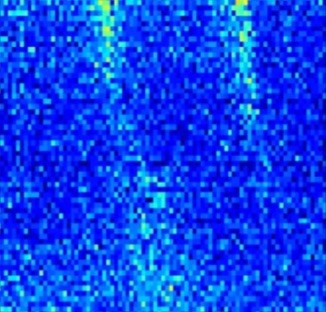On the Interaction between Digitonin and Cholesterol in Langmuir Monolayers
In this article, we describe the effect of a highly hemolytic saponin, digitonin, on model lipids cholesterol and dipalmitoylphosphatidylcholine (DPPC) using a combination of tensiometric (surface pressure and dilatational surface elasticity), spectroscopic (infrared reflection absorption spectroscopy, IRRAS), microscopic (fluorescence microscopy), and scattering techniques (neutron reflectivity, NR, and grazing incidence X-ray diffraction, GIXD). The monolayers of individual lipids and their 10:9 (mol/mol) mixture were exposed to an aqueous solution of digitonin (10−4 M) by subphase exchange using a setup developed recently in our laboratory. The results confirm that digitonin can adsorb onto both bare and lipid-covered water-air interfaces. In the case of DPPC, a relatively weak interaction can be observed, but the presence of cholesterol drastically enhances the effect of digitonin. The latter is shown to dissociate the weak cholesterol-DPPC complexes and to bind cholesterol in an additional layer attached to the original lipid monolayer.
